The herb garden is the easiest spring project with maximum ROI. Also, you don’t need a green thumb, a big plot of land, or lots of free time for gardening to succeed.
First, imagine stepping into your backyard (or balcony) and being greeted by an aroma of fresh herbs. Consequently, you can elevate your cooking to a new level. Picture adding a pinch of fresh basil to your homemade pasta sauce or a sprig of fragrant rosemary to your roasted potatoes.
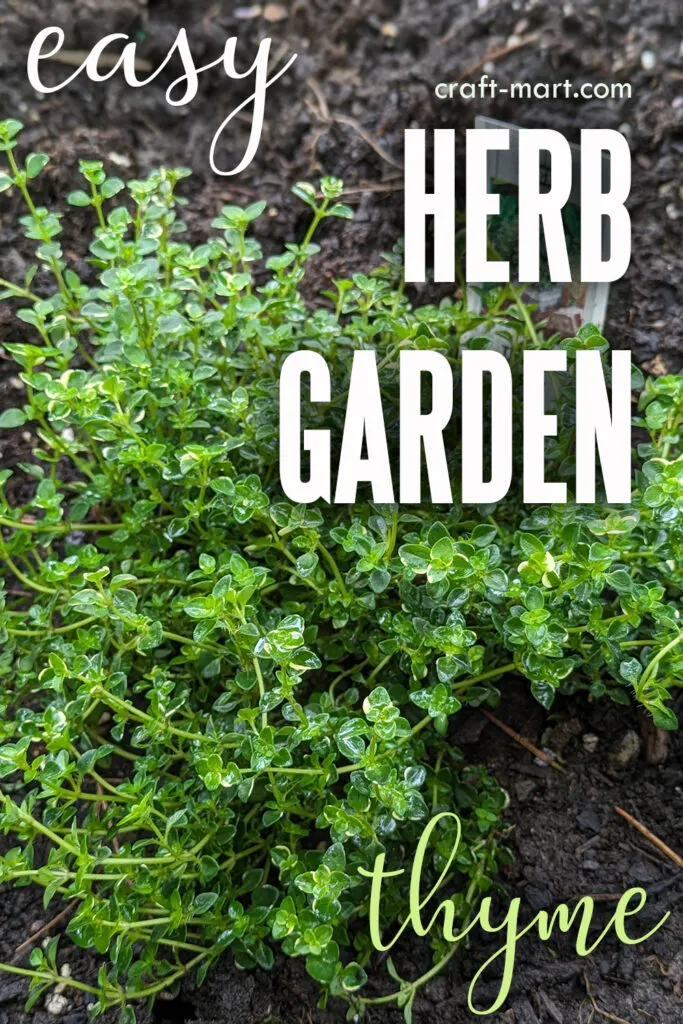
1. Picking the Right Spot for your Herb Garden
Now that you’re ready to embark on your flavorful herb gardening journey, the first step you need to take is picking the right spot for your garden. The location you choose will determine the success and productivity of your herbs, so it’s crucial to make an informed decision.
First, when planning your herb garden, the key to success is choosing a site that offers 6-8 hours of sunlight per day. Adequate sunshine is essential for herbs to thrive and reach their full potential. Without it, these sun-loving plants can become leggy, unattractive, and unproductive instead of the lush, beautiful, and useful plants you desire for your herb garden.
Before breaking ground, take note of the sunny spots in your yard. Observe these spots throughout the day to determine the exact amount of sunlight they receive.
While there are a few herbs that can tolerate partial shade (parsley, chives, mint), your options are limited. If your yard lacks ample sunlight, consider container gardening. By growing herbs in containers, you can easily move them to follow the much-needed sunlight they require.

2. Choosing the Right Herbs for Your Garden
Just as picking the right spot for your herb garden is essential, so is selecting the perfect herbs to fill it with. Your choice of herbs will not only determine the flavors and aromas that will grace your dishes but also the overall success of your herb garden. With a myriad of options available, it’s important to consider factors such as your personal preferences, the climate in your region, and the purpose of your herb garden.
First and foremost, think about your own tastes and culinary preferences. Are you a fan of bold, robust flavors like rosemary and thyme? Or do you lean towards more delicate, subtle herbs such as cilantro and basil?
Your herb garden should reflect your personal preferences and the dishes you love to cook. By choosing herbs that align with your taste buds, you’ll be more motivated to care for your garden and enjoy the fruits of your labor.
Next, consider the climate and growing conditions in your region. Certain herbs thrive in specific climates, so it’s important to choose herbs that are well-suited to your environment.
If you live in a hot and dry area, drought-tolerant herbs like lavender, sage, and spinach Malabar may be the perfect choice. On the other hand, if you reside in a cooler region, herbs like parsley and chives that can withstand lower temperatures might be more suitable. Understanding the climate in your area will help you select herbs that will flourish and grow vigorously in your herb garden.
Lastly, think about the purpose of your herb garden. Are you primarily looking to enhance your culinary creations? Or are you interested in growing herbs for their medicinal properties? Different herbs have different purposes, and by aligning your choices with your intentions, you can make the most of your herb garden.
For instance, if you’re interested in creating refreshing herbal teas, consider adding herbs like chamomile, mint, and lemon balm to your garden. Alternatively, if you want to use herbs for homemade remedies, herbs like lavender and calendula might be more suitable.
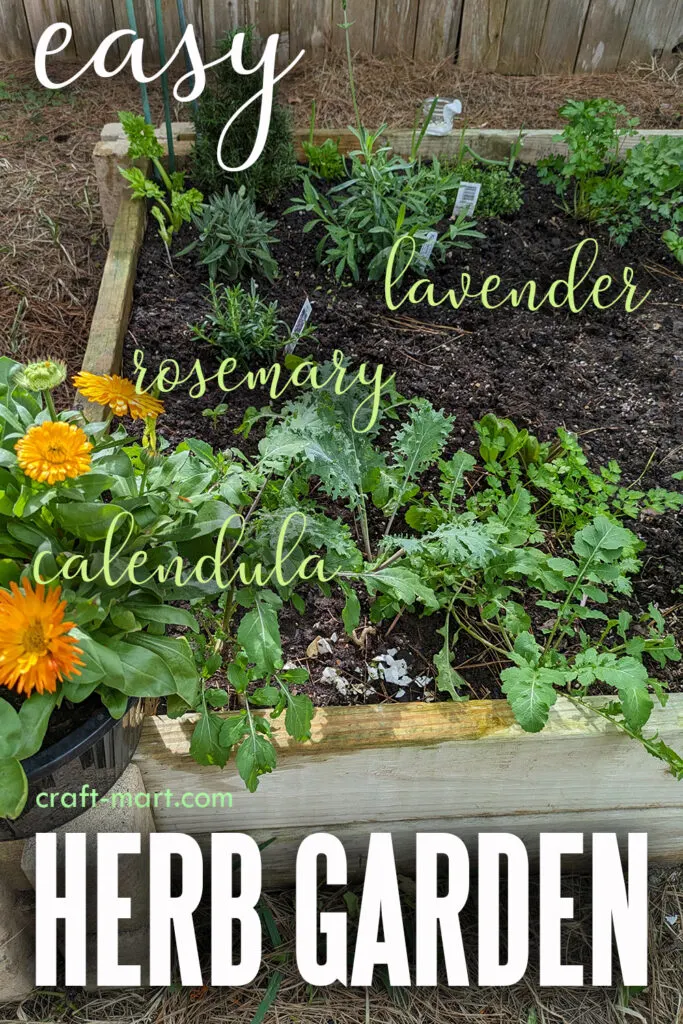
By carefully considering your personal tastes, the climate in your region, and your intended purpose, you’ll be able to choose the right herbs for your garden. With the perfect selection, your herb garden will not only be a beautiful addition to your surroundings but also a constant source of inspiration for your culinary adventures.
Now that you have an understanding of how to choose the right herbs, let’s move on to preparing the soil for planting.
3. Preparing the Soil for Planting
Just like any successful venture, a spectacular herb garden starts with a strong foundation. In this case, that foundation is the soil. Before you begin planting, it’s essential to ensure that your soil is ready to provide the necessary nutrients and support for your herbs to thrive.
Firstly, test the soil pH to determine its acidity or alkalinity. Most herbs prefer a slightly acidic to neutral pH, around 6 to 7 on the scale. You can easily find a soil testing kit at your local garden center or utilize the services of a professional testing lab. Adjusting the pH of your soil, if needed, can be done by adding amendments like lime to raise the pH or sulfur to lower it.

Next, it’s important to ensure that your soil is well-drained. Herbs generally don’t thrive in soil that becomes waterlogged.
If you have heavy clay soil or poor drainage, consider adding organic matter such as compost or peat moss to the soil. This amendment will improve its structure, allowing excess water to drain away more effectively. It will also enhance the soil’s ability to retain moisture during dry spells.
Furthermore, weeds can be a nuisance in any garden, so it’s crucial to prepare the soil by removing any existing weeds or grass. Dig up the area where you plan to plant your herb garden, removing the weed roots as thoroughly as possible. This will prevent these unwanted plants from competing with your herbs for vital nutrients and resources.
Finally, consider enriching your soil with organic fertilizers to give your herbs an extra boost. Organic fertilizers, such as compost or well-rotted manure, provide a slow and steady release of essential nutrients that will nourish your herbs throughout the growing season. These natural options not only improve the soil’s fertility but also help to maintain its overall health.
By preparing the soil properly, you set the stage for a successful herb garden. Now that your soil is ready to provide the ideal conditions, let’s have a deep dive into the exciting process of planting and caring for your herbs. Consequently, it ensures their growth and vibrancy throughout the seasons.
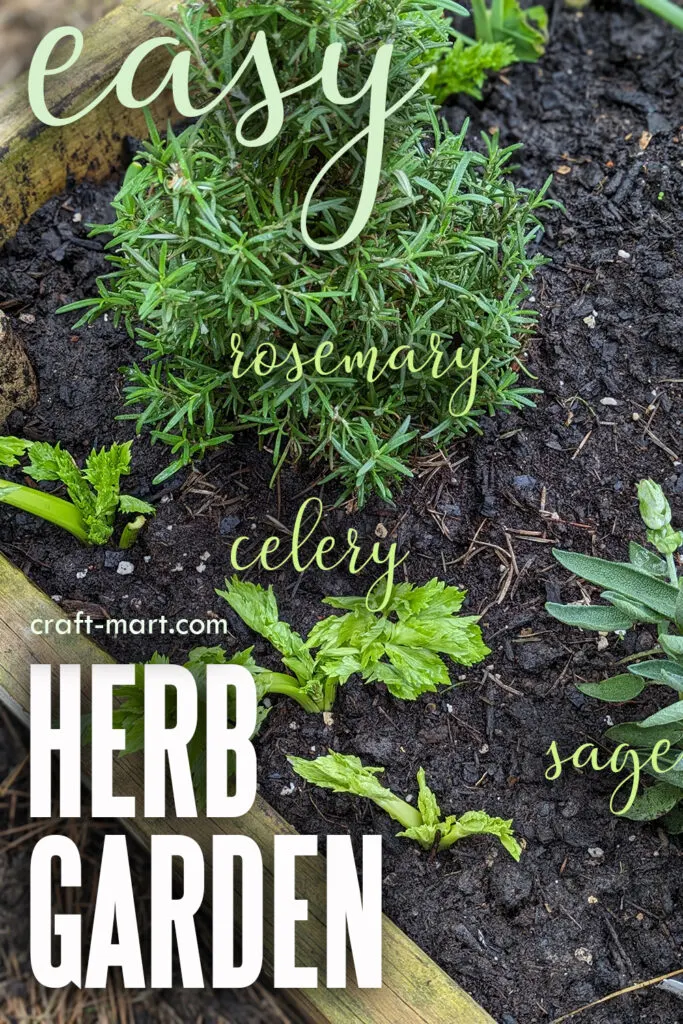
4. Planting and Caring for Your Herb Garden
By preparing the soil properly, you set the stage for a successful herb garden. Now that your soil is ready to provide the ideal conditions, let’s explore the process of planting and caring for your herbs.
Moreover, we want to ensure their growth and vibrancy throughout the seasons. Some perennial herbs can strive in your herb garden for years.
When it comes to planting your herb garden, consider the needs and preferences of each herb. Some herbs prefer full sun, while others thrive in partial shade. Take note of the recommended spacing between plants to allow for proper air circulation and prevent overcrowding. This will help minimize the risk of disease and promote healthier growth.
Before planting your herbs, it’s essential to understand their individual requirements for water. While most herbs prefer well-drained soil, some may have specific moisture needs. Basil, for example, enjoys consistently moist soil, while rosemary prefers slightly drier conditions. Take the time to research and group herbs with similar watering needs together, making it easier to provide appropriate moisture levels.
Interested in Gardening? Check out these helpful tips and ideas for edible landscape:
- Easiest Vegetables to Grow from Scraps
- Easy Fruit to Grow
- 10 Surprising Ways to Use Coffee Grounds in Your Garden
- 9 Ways to Use Hydrogen Peroxide in Your Garden
Regular watering is vital for the health of your herb garden, especially during dry spells or hot summer months. Keep a close eye on your herbs, checking for signs of wilting or soil dryness.
It’s always better to water deeply and infrequently, allowing the roots to establish and grow stronger. Avoid overwatering, which can lead to root rot and other issues. Mulching around your herb plants with coffee grounds can help conserve moisture and reduce the frequency of watering.
As your herbs grow, you’ll need to keep an eye out for pests and diseases that could hinder their development. Regularly inspect your plants for any signs of damage, such as yellowing leaves or chewed edges.
An organic insecticidal soap or neem oil spray can help control common pests like aphids or spider mites. Thus, you don’t have to rely on harsh chemicals. Additionally, removing any weeds around your herbs will minimize competition for nutrients and reduce the risk of disease.
With the right planting techniques and proper care, your herb garden is poised for success. By nurturing your herbs and understanding their unique requirements, you’ll create an environment that fosters growth and abundance.
Now that you have a foundation in herb gardening basics, let’s explore some gardening hacks. Afterall, you need to keep your garden going strong.
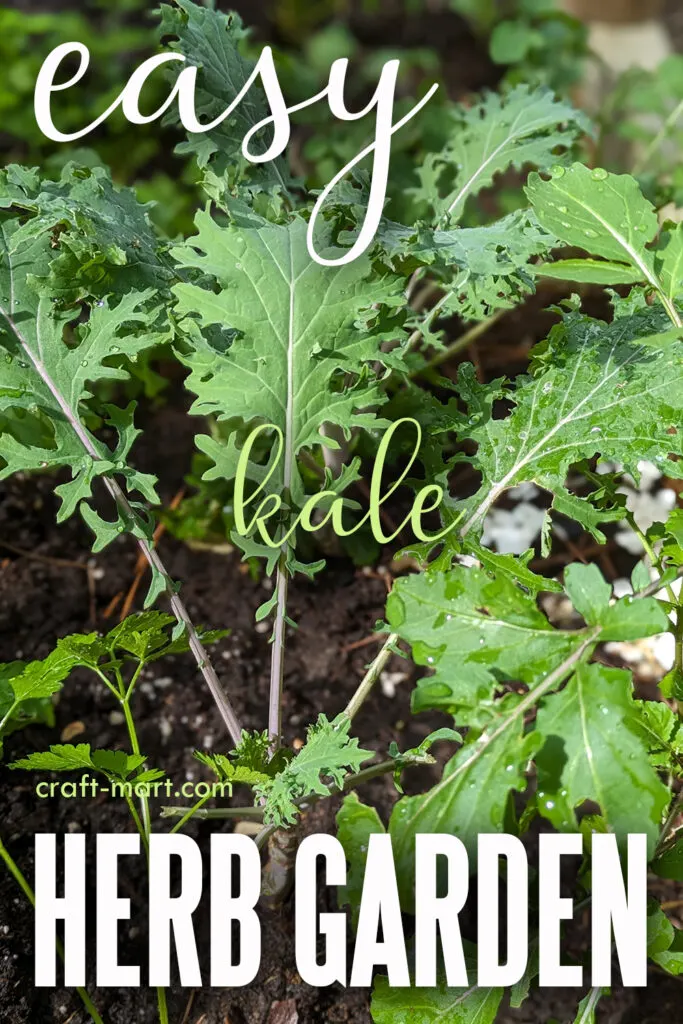
5. Gardening Hacks to Keep Your Herb Garden Going
Now that you have a foundation in herb gardening basics, let’s explore some gardening hacks to keep your garden going strong.
One useful hack is to practice companion planting in your herb garden. By strategically planting certain herbs next to each other, you can create a harmonious ecosystem that benefits all the plants. For example, planting basil near tomatoes can help repel pests that are harmful to both plants.
Similarly, planting chamomile near mint can enhance the mint’s flavor and aroma. Just keep in mind, that mint is invasive and can take over the garden.
Take some time to research the ideal companion plants for your herbs and experiment to maximize your garden’s potential.
Another helpful hack is to make use of natural pest control methods to protect your herb garden. Instead of relying on chemical pesticides, try using natural alternatives.
For instance, you can create homemade insecticidal soap by mixing mild dish soap with water and spraying it on your plants to deter pests. Additionally, planting garlic or onion near your herbs can help repel certain insects.
Not only will these natural methods keep your garden free from pests, but also ensure that your herbs are safe to consume.
To save space and maximize your herb garden’s productivity, try container gardening. Growing herbs in containers or vertically not only adds visual interest to your garden but also allows you to grow more herbs. One way to achieve this is by utilizing big planters, hanging baskets, or stackable pots.
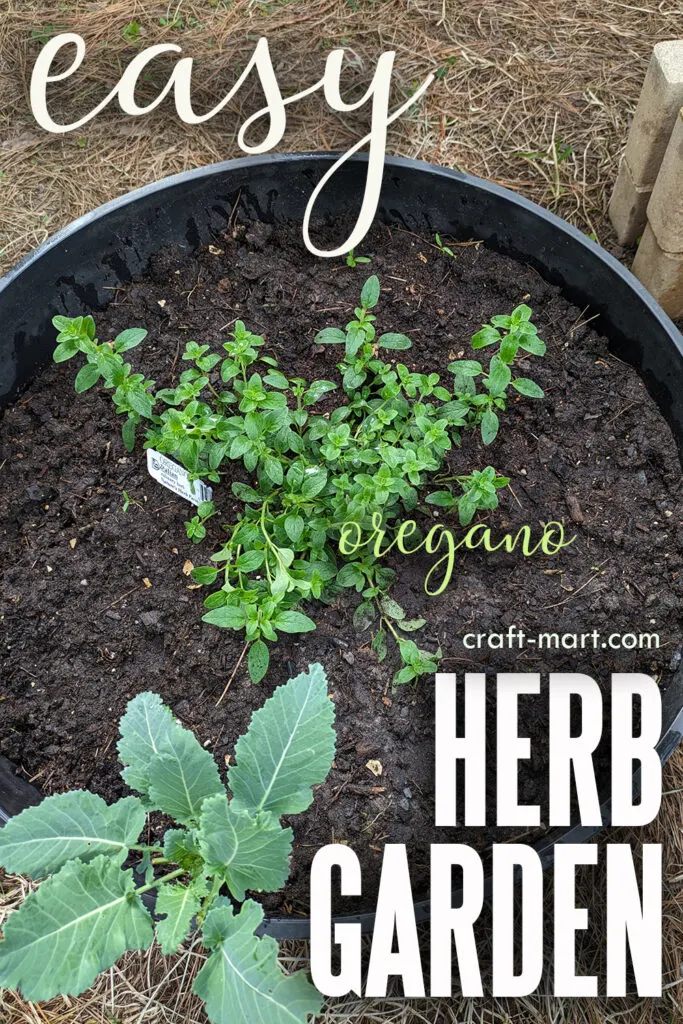
These containers can be easily attached to fences, creating a vertical herb garden that takes advantage of unused vertical space. Plus, they can be positioned conveniently close to your kitchen for easy access to fresh herbs while cooking.
Lastly, consider employing the technique of succession planting in your herb garden. Instead of planting all your herbs at once, stagger your plantings throughout the growing season. This ensures a continuous harvest and prevents your garden from becoming overcrowded.
As you harvest one crop, replant new seeds or seedlings in its place. By doing so, you can enjoy a steady supply of fresh herbs all season long.
By incorporating these gardening hacks into your herb garden routine, you’ll be able to maintain the health of your plants. From companion planting and natural pest control to vertical gardening and succession planting, these techniques will help your garden thrive.
So, roll up your sleeves and put these hacks into action to keep your herb garden flourishing year after year.
In Conclusion
In conclusion, crafting a spectacular herb garden is not only a rewarding endeavor but also a game-changer for your culinary creations. By following these easy steps, you can infuse your cooking with the freshest flavors.
As you embark on this herb-filled journey, remember that a thriving garden begins with a single seed. Start small, experiment with different herbs, and watch your garden flourish before your eyes. With each harvest, you’ll unlock a world of possibilities in the kitchen and embrace an appreciation for the power of freshly grown herbs.
Word of Wisdom
So, why settle for store-bought herbs when you can cultivate your own fragrant paradise? Take action today and embark on the journey of creating your own herb garden. Whether you have a sprawling backyard or a small balcony, there’s a spot for a vibrant oasis of flavors.
In closing, as renowned chef Thomas Keller once said, “A recipe has no soul. You, as the cook, must bring soul to the recipe.”
So, unleash your creativity, let your herb garden be the secret ingredient in your culinary masterpieces. Spice up your life and embark on an unforgettable journey, one delicious dish at a time.
